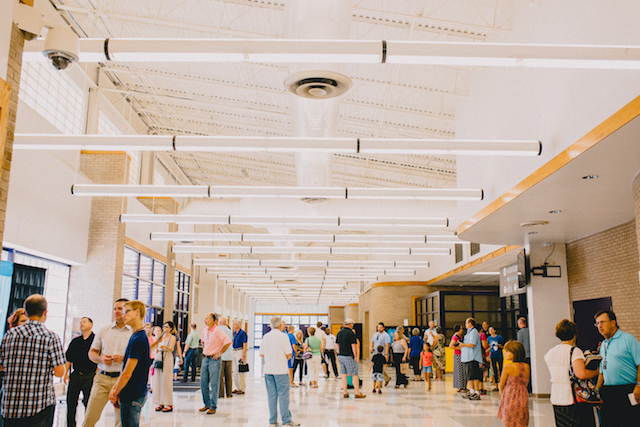Feel the Effect

When working with a team, it can be difficult to get your vision across. What is crystal-clear in your skull doesn’t always translate once it leaves your lips.
And while being a clear visionary is an important topic for another day, this post is about helping your team see the results of their actions. It’s what one of our staff guys calls “feel the effect.”
Getting your team to feel the effect simply means that they follow their action – or inaction – to the natural conclusion. Here are a few examples of what feeling the effect looks like:
Seating. If you have a seating team but that seating team doesn’t…well…seat, the effect is an auditorium that’s less-than-ideally set up. It amazes me how 900 seat venue can feel empty if 500 people are spread out all over it. A poor seating plan can make it harder for people to connect with one another. It can mean that there are no seats in the rear for latecomers to easily access. And it can make simple things like passing out communion and taking up offering a nightmare.
Maintaining outward posture. You’ve seen volunteers and staff alike cluster up and catch up on the sidewalks and in the lobby. That’s great for their relationships, not so great for the relationships they need to be fostering. Helping them feel the effect means that they see what their guests see when they approach: cliques that don’t have room for new people, huddled friends who aren’t interested in helping them find their way around, and missed opportunities for newcomers to connect to your church. Related post: Four Ways to Stay Alert.
Guest follow up. We’ve all done it: captured someone’s information and promised to follow up, whether it was to thank someone for visiting for the first time or to get them more info on joining a small group. All too often those scraps of paper or notes on our phone pile up without follow up. When you or I feel the effect, we recognize that our inaction makes a big church feel even bigger and more impersonal, and that our guest feels like their need wasn’t a big deal to us.
Vision is important. You should cast it at every turn. But sometimes showing how Point A leads to Point B is just as important. What are other areas where you can help your team feel the effect?
photo credit: Brett Seay
